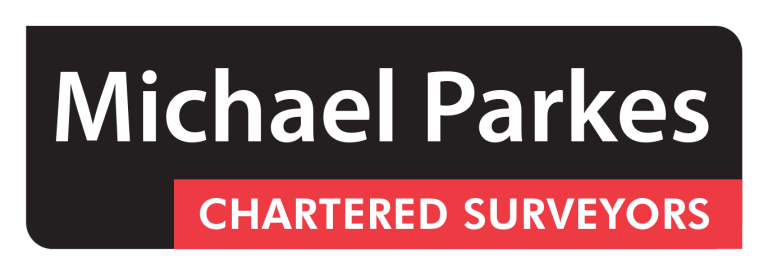Interim measures recommended by independent panel of experts
Inform your local fire and rescue service fire safety/protection department. Failure to do so may put fire-fighters as well as residents at risk. The fire and rescue service will carry out an urgent inspection with the ‘responsible person’ to ensure that they are identifying and introducing appropriate interim measures, as set out below. The fire service will carry out a further inspection once the interim measures have been completed:
• Check that the fire risk assessment has been carried out within the previous 12 months and that the recommendations within the action plan of the assessment have been completed; also, confirm that there have been no material changes (to the building, the fire safety measures or the occupancy) that could, potentially, undermine the validity of the fire risk assessment. If no fire risk assessment has been carried out, you must immediately arrange for a fire risk assessment to be carried out by a competent person (eg by a person who is listed on a register of fire risk assessors operated by a professional body or certification body, or, preferably, by a company that is certificated by a third party certification body, that is, itself, accredited by the United Kingdom Accreditation Service to operate the certification scheme). Guidance on choosing a competent assessor is here http://www.cfoa.org.uk/19532
• Engage with residents to ensure they fully understand the emergency fire procedures in the building, particularly the meaning of “stay put”. Ensure that fire procedure notices are accurate.
• Check that, at ground level, or on any balconies, there are no combustible materials (eg storage of refuse) in the vicinity of the cladding. Ensure that there are measures to prevent combustible materials in such locations (eg by temporary barriers or instructions to residents). Instruct residents that they must not have any barbeques on any balcony.
• Check that all flat entrance doors, and doors that open onto escape corridors and stairways, are fire-resisting and effectively self-closing against any resistance of a latch (or, for example, in the case of plant rooms or cupboards, are kept locked shut.) For guidance on these doors, consult the Local Government Association guidance on fire 1 For the avoidance of doubt; the core (filler) within an Aluminium Composite Material (ACM) is an “insulation material/product”, “insulation product”, and/or “filler material” as referred to in Paragraph 12.7 (“Insulation Materials/Products”) in Section 12 “Construction of external walls” of Approved Document B (Fire safety) Volume 2 Buildings other than dwelling houses. (The important point to note is that Paragraph 12.7 does not just apply to thermal insulation within the wall construction, but applies to any element of the cladding system, including, therefore, the core of the ACM). safety in purpose-built blocks of flats – https://www.local.gov.uk/fire-safety-purpose-builtflats – but, in general, doors that were deemed to be fire-resisting at the time of construction of the block will be satisfactory. Replace any non-fire-resisting doors (such as non-fire-resisting upvc doors) immediately with doorsets (i.e. doors and frames) that are third party certificated as providing at least 30 minutes fire resistance.
• Check all walls that separate flats, plant and store rooms, etc from escape routes to ensure there are no obvious routes for fire or smoke spread (eg, holes where services, such as pipes and cables, pass through walls).
• Check that any smoke control systems, including associated fire detection systems, are operating correctly.
• Check all facilities provided for fire-fighters, including fire-fighting lifts and dry or wet rising mains. If you have ANY concerns you should contact your local fire and rescue service, who will, if they have not already done so, carry out an inspection to ensure functionality.
• Ensure that there is sufficient roadway access and hardstanding for firefighting vehicles attending incidents and to be set up to fight any fire externally.
• Check that insulation or other materials that form the façade meet all relevant standards. If the building is protected by an automatic sprinkler system (or equivalent fire suppression system) you might not need to take any further interim measures before replacement of the cladding. If the building is not protected by a suitable suppression system you must consider the need for interim measures. The measures adopted need to be based on an assessment of the risk by a competent person, but the following must, at least, be considered:
• Residents to be advised to ensure all smoke alarms are present and working in their flat; to report concerns about fire safety measures in the building (eg presence of combustible materials in escape routes) to their landlord and, understand the purpose of any interim measures begin taken.
• Closure of car parks in which a vehicle fire could impinge on cladding.
• Provision of a temporary communal fire alarm system, comprising smoke detectors in circulation areas and plant rooms, and fire detectors (possibly heat detectors, rather than smoke detectors) in conjunction with fire alarm sounders in each flat. This will enable the entire block to be evacuated simultaneously in the event of fire. This option is unlikely to be suitable for tall blocks, in which a large number of people would need to use escape routes at the same time. The system may comprise a wireless system, using radio to link devices.
• Provision of a fire watch by appropriately trained patrolling security officers/wardens.
• In the case of the most serious risk, consideration must be given to moving all residents out of the block until satisfactory remedial work has been done.



